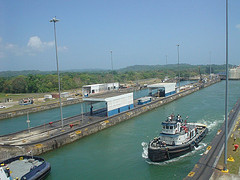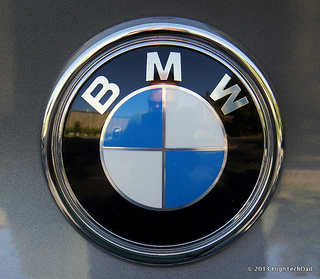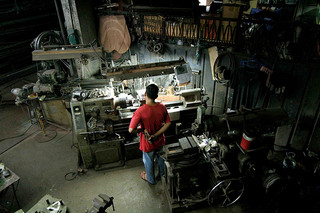East Coast Ports Scurry to Prepare for Larger Container Ships

As construction resumes on the Panama Canal expansion, ports along the east coast rush to complete projects that would allow the humongous cargo ships of the P3 and G6 alliances to use their ports. So far, only the Port of Baltimore and the Port of Virginia in Norfolk can accommodate these ships. The ports of New York and New Jersey are deep enough to handle the larger cargo ships, but the Bayonne Bridge in Newark Bay is too low to allow the ships to pass. A project is planned to raise the bridge by 64 feet, at a cost of $1 billion.The new ships, known as post-Panamax ships, are able to carry upwards of 12,000 containers, compared to the Panamax ships these ports were built to accommodate which carry about 5,000 containers. Ports in Huston, Texas; Jacksonville, Florida; Miami, Florida; and Savannah, Georgia are among 17 port expansion projects being examined by the U.S. Corps of Engineers. If the port expansions are completed and the new alliances do, in fact, begin using these ports, it could boost the economy, available jobs, and transportation industries as far west as the Ohio Valley.
One issue of concern is whether some of these ports, even when expanded to accommodate the larger ship sizes, will be able to manage the amount of cargo these ships carry. It is already faster to unload ships on the west coast and move the cargo east by rail or truck than it is to unload ships and distribute cargo from the east coast ports. Some critics also fear that after sinking billions into these projects that shippers will still use ports in Canada, Mexico, and the Caribbean instead of the east coast U.S. ports.
If the proposed expansions aren’t completed fast enough, shippers may establish routes to other ports and knock the eastern U.S. ports out of contention for that business. While local governments and port officials scramble to get these projects approved and underway, the federal government is blocking progress with regulatory hurdles and a lack of clear strategy for port infrastructure in general.








